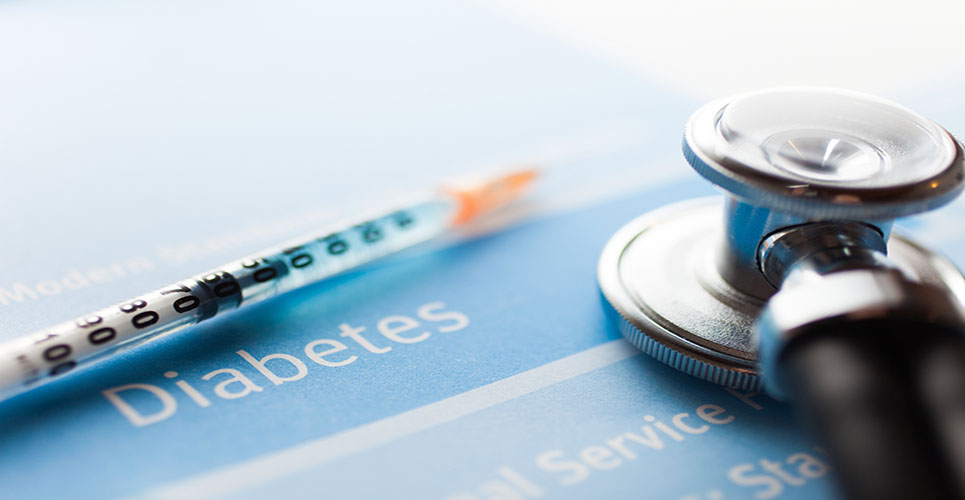teaser
Analysis of data from a cohort study involving patients with rheumatoid arthritis (RA) has found a significantly reduced risk of diabetes in those taking hydroxychloroquine compared to those not doing so.
The authors of the study comment that hydroxychloroquine has experimental effects on insulin secretion and sensitivity, and that hypoglycaemia is an occasional adverse effect; therefore, they used data from a long-running cohort study to examine the relationship between use of the drug and incidence of diabetes. The ARAMIS study started in 1976, and aimed to study risk factors and outcomes prospectively in patients with RA; follow-up of enrolled patients is ongoing.
For this study, the authors analysed data on patients enrolled in ARAMIS to compare incidence of diabetes in those who used hydroxychloroquine with those who did not. Participants were followed up by six-monthly questionnaire, and data on diabetes were first collected in 1983, which was thus the baseline for this study.
Eligible participants were those who did not report diabetes (either directly or as use of anti-diabetic drugs) at baseline and had completed at least two follow-up questionnaires. The follow-up period was 21.5 years, and the primary outcome was incident diabetes defined as newly reported disease or newly reported use of hypoglycaemic medications.
The ARAMIS cohort contained 5,743 participants during the observation period; of these, 4,905 were eligible. Just over a third (1,808, or 37%) had some use of hydroxychloroquine during the study observation period, at an average dose of 340mg daily and for an average (and median) of 3.1 years.
There were 54 incident cases of diabetes in hydroxychloroquine users, and 171 in never-users, giving incidence rates of 5.2 per 1,000 patient-years of observation compared with 8.9 per 1000 patient-years of observation, respectively (p<0.001). After adjustment for confounding factors, the hazard ratio for hydroxychloroquine users compared to non-users was 0.62 (95% CI 0.42

